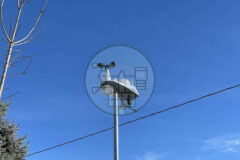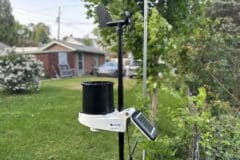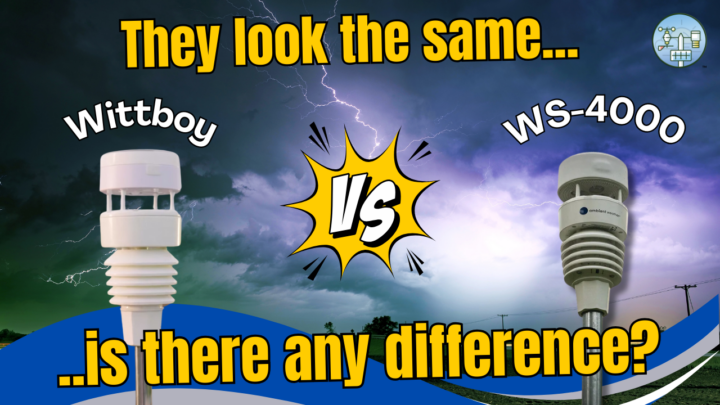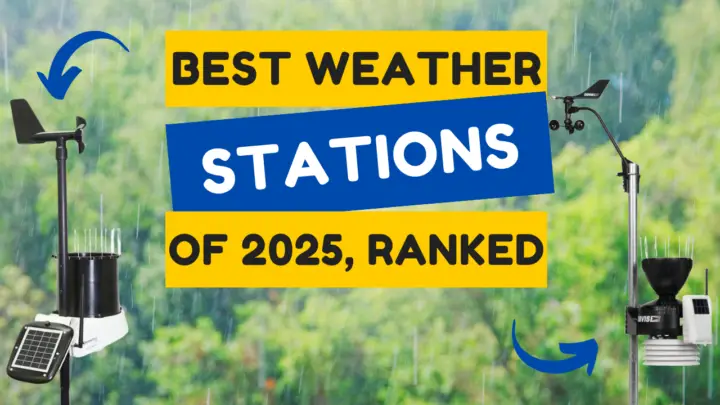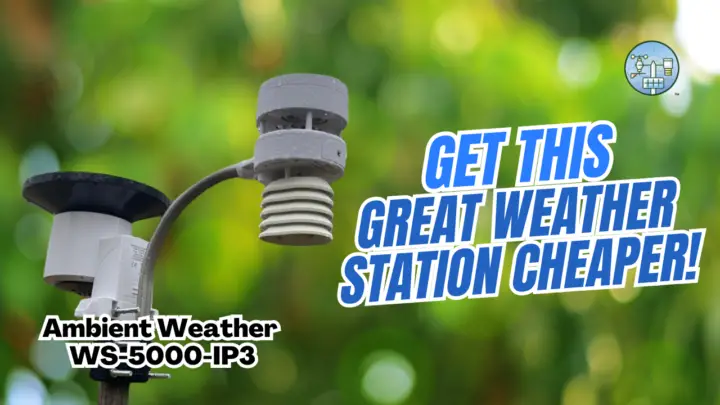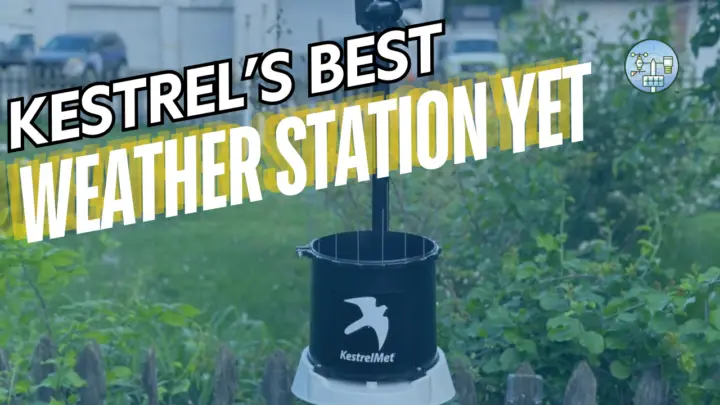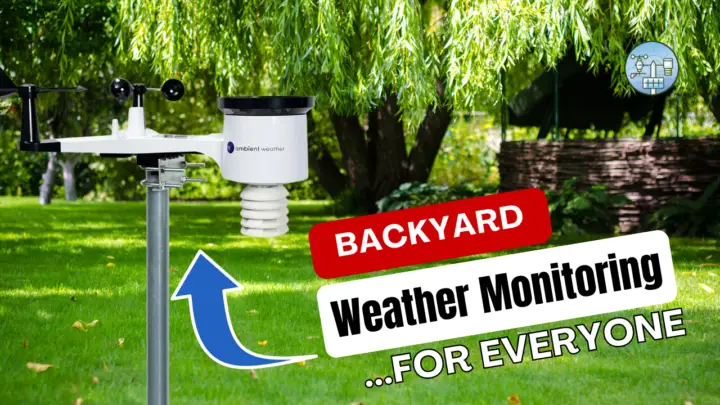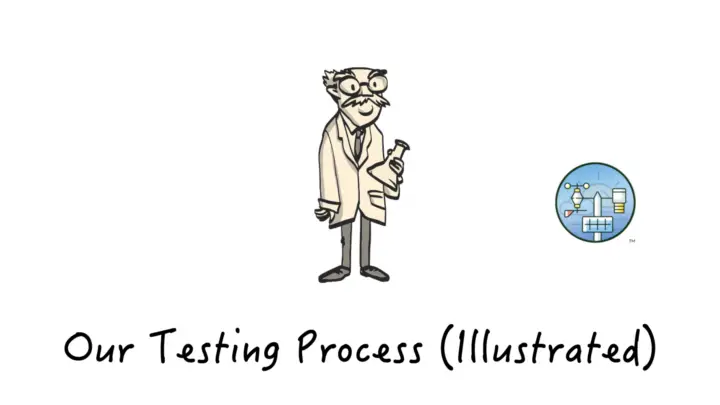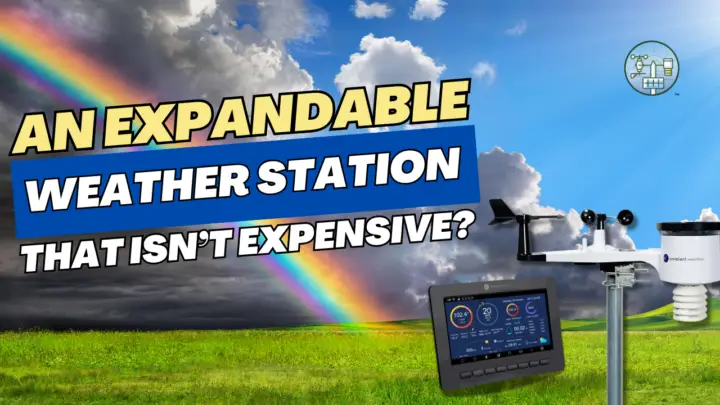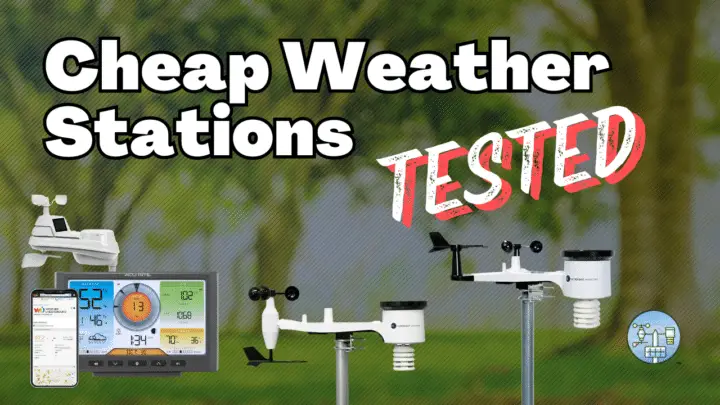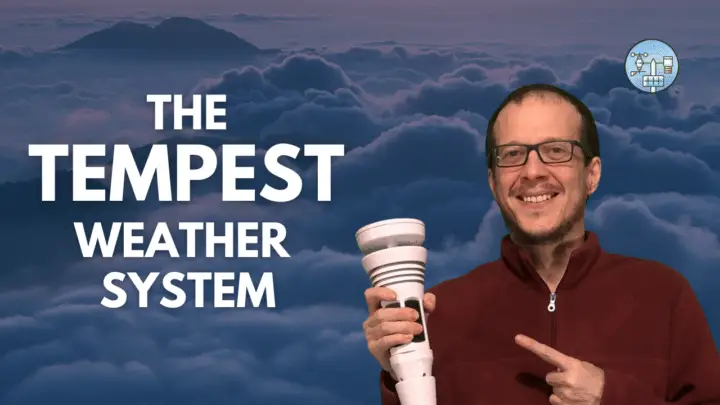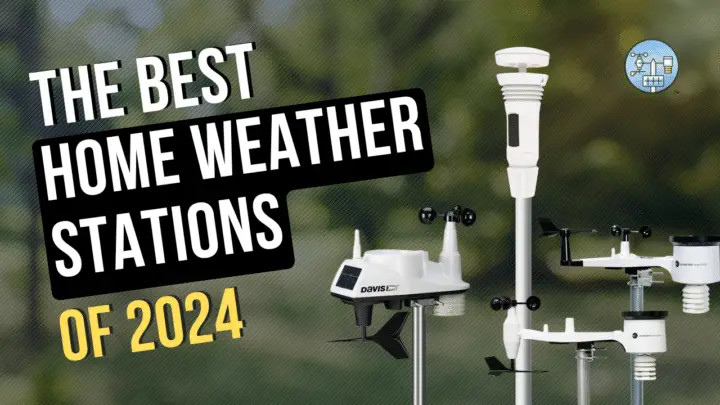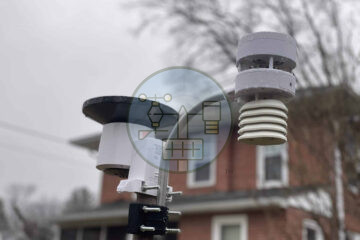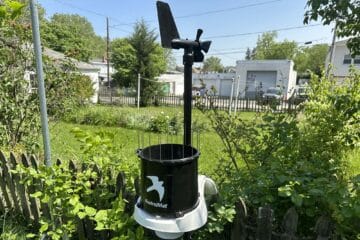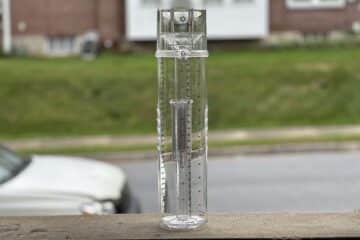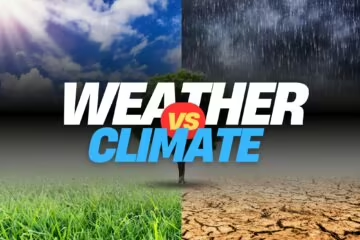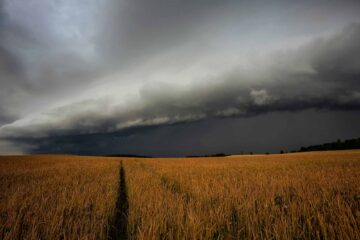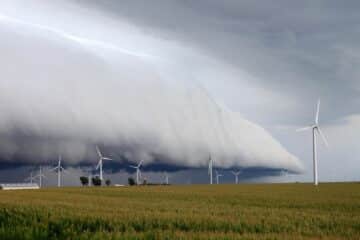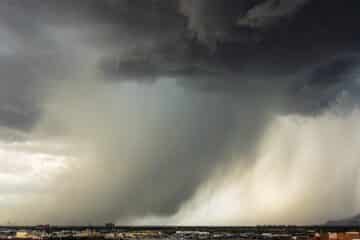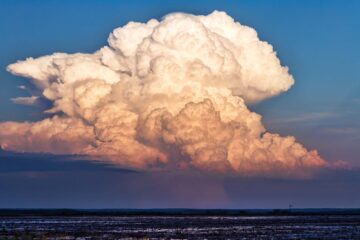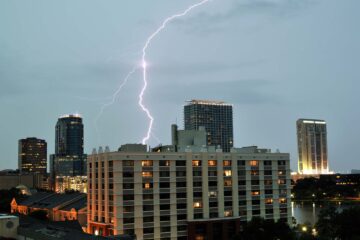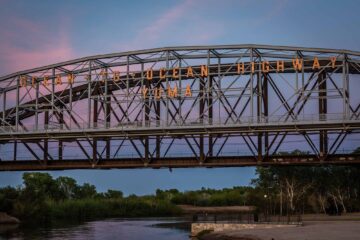
If pinpointing your local weather conditions down to the last detail is on your agenda, you’ve come to the right place. The value of owning a wireless home weather station extends beyond simple curiosity. Weather stations are indispensable tools for weather enthusiasts, outdoor hobbyists, professional farmers, gardeners, and even for educational settings to foster STEM learning. Having spent a decade rigorously evaluating various models, we’ve developed a carefully selected list of the best home weather stations—each excelling in accuracy, cost-effectiveness, durability, feature richness, and ease of use.
Our Current Picks

If you don't need a console, the WS-5000-IP3 doesn't have one, and saves you $90.

This Tempest look-alike doesn't have all its features, but is significantly cheaper.

The WeatherFlow is still a great option, although a shorter lifespan than other stations in its price range.
Our Podcast
Subscribe wherever or however you listen:
Our Latest Reviews
How Our Home Weather Station Reviews Are Different
Unlike many sites, we test the products we recommend or have direct experience with the company. We test select wireless weather stations for several weeks, giving us critical insight into long-term reliability, something a quick review cannot. For example, our Davis Vantage Vue weather station has been monitoring our local weather since our initial test in September 2016! You can see our testing protocol and rating formula here.
We’ve also developed a 100-point rating system that judges each station tested on the same metrics. We judge accuracy (or performance), affordability, durability, feature set, and ease of use. These categories are weighted to emphasize accuracy and affordability, making up half of a weather station’s score.
However, a candidate for the Best Home Weather Station of 2025 can’t only be a great value: it must also have accurate measurements, be user-friendly, and have excellent build quality. Our professional review staff has years of experience using weather stations and instruments; some are degreed meteorologists and scientists. Our writers independently research each device. We do not recommend a station simply because a manufacturer sends it to us.


